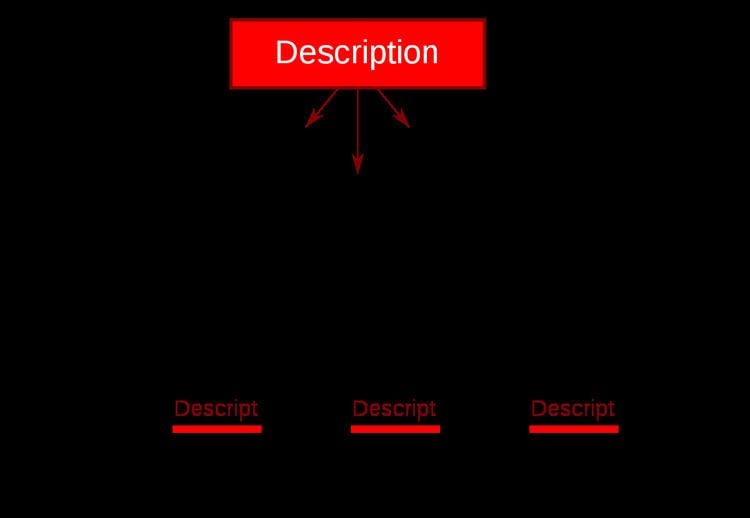 | ||
MPEG-7 is a multimedia content description standard. It was standardized in ISO/IEC 15938 (Multimedia content description interface). This description will be associated with the content itself, to allow fast and efficient searching for material that is of interest to the user. MPEG-7 is formally called Multimedia Content Description Interface. Thus, it is not a standard which deals with the actual encoding of moving pictures and audio, like MPEG-1, MPEG-2 and MPEG-4. It uses XML to store metadata, and can be attached to timecode in order to tag particular events, or synchronise lyrics to a song, for example.
Contents
- Introduction
- Parts
- Relation between description and content
- MPEG 7 tools
- MPEG 7 applications
- Software and demonstrators for MPEG 7
- Limitations
- Compare
- References
It was designed to standardize:
The combination of MPEG-4 and MPEG-7 has been sometimes referred to as MPEG-47.
Introduction
MPEG-7 is intended to provide complementary functionality to the previous MPEG standards, representing information about the content, not the content itself ("the bits about the bits"). This functionality is the standardization of multimedia content descriptions. MPEG-7 can be used independently of the other MPEG standards - the description might even be attached to an analog movie. The representation that is defined within MPEG-4, i.e. the representation of audio-visual data in terms of objects, is however very well suited to what will be built on the MPEG-7 standard. This representation is basic to the process of categorization. In addition, MPEG-7 descriptions could be used to improve the functionality of previous MPEG standards.With these tools, we can build an MPEG-7 Description and deploy it. According to the requirements document,1 “a Description consists of a Description Scheme (structure) and the set of Descriptor Values (instantiations) that describe the Data.” A Descriptor Value is “an instantiation of a Descriptor for a given data set (or subset thereof).” The Descriptor is the syntatic and semantic definition of the content. extraction algorithms are inside the scope of the standard because their standardization isn’t required to allow interoperability.
Parts
The MPEG-7 (ISO/IEC 15938) consists of different Parts. Each part covers a certain aspect of the whole specification.
Relation between description and content
An MPEG-7 architecture requirement is that description must be separate from the audiovisual content.
On the other hand, there must be a relation between the content and description. Thus the description is multiplexed with the content itself.
On the right side you can see this relation between description and content.
MPEG-7 tools
MPEG-7 uses the following tools:
On the right side you can see the relation between MPEG-7 tools.
MPEG-7 applications
There are many applications and application domains which will benefit from the MPEG-7 standard. A few application examples are:
Software and demonstrators for MPEG-7
Limitations
The MPEG-7 standard was originally written in XML Schema (XSD), which constitutes semi-structured data. For example, the running time of a movie annotated using MPEG-7 in XML is machine-readable data, so software agents will know that the number expressing the running time is a positive integer, but such data is not machine-interpretable (cannot be understood by agents), because it does not convey semantics (meaning), known as the “Semantic Gap.” To address this issue, there were many attempts to map the MPEG-7 XML Schema to the Web Ontology Language (OWL), which is a structured data equivalent of the terms of the MPEG-7 standard (MPEG-7Ontos, COMM, SWIntO, etc.). However, these mappings did not really bridge the “Semantic Gap,” because low-level video features alone are inadequate for representing video semantics. In other words, annotating an automatically extracted video feature, such as color distribution, does not provide the meaning of the actual visual content.
